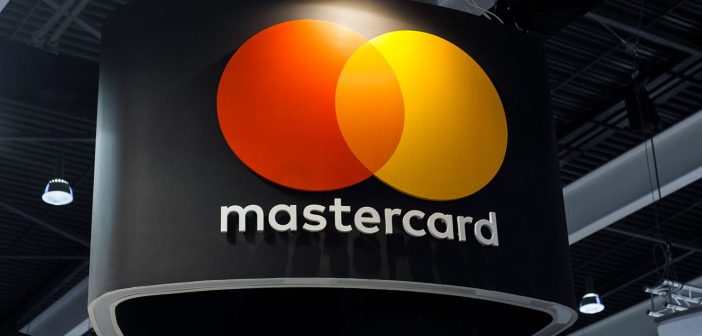In recent years, many Indian banks have increasingly shifted their focus from Mastercard-branded debit and credit cards to Visa and RuPay. This trend can be traced back to significant regulatory challenges faced by Mastercard, particularly in 2021, as well as the broader competitive landscape in India’s payment ecosystem.
The 2021 Disagreement with RBI
In July 2021, the Reserve Bank of India (RBI) imposed restrictions on Mastercard, barring the company from onboarding new domestic customers for debit, credit, and prepaid cards. This decision stemmed from Mastercard’s failure to comply with RBI regulations regarding the storage of payment data in India. Specifically, the RBI had mandated that all payment system data, including transaction details, be stored on Indian soil to enhance data security and facilitate easier access for regulatory oversight.
Despite being given considerable time and opportunities to comply, Mastercard was found to be non-compliant. The RBI’s decision marked a significant action against the card network, as it was the first time the regulator had restricted a major foreign player for such violations. This setback led to substantial operational challenges for banks that had partnerships with Mastercard, forcing them to seek alternatives such as Visa and RuPay for issuing new cards.
.
Impact on Market Dynamics
- Increased Preference for RuPay: With the RBI promoting RuPay as a viable domestic alternative, many banks began favoring it over Mastercard. RuPay’s zero-Merchant Discount Rate (MDR) policy for specific transactions reduces costs for both banks and merchants, making it an attractive option. As a result, banks can pass these savings on to customers, enhancing the appeal of RuPay cards..
- Visa’s Continued Dominance: Visa has maintained its position as a leading global payment network, benefiting from its extensive acceptance network. With Mastercard’s restrictions in place, banks have leveraged their existing partnerships with Visa to issue new cards to customers, ensuring they meet market demand while navigating regulatory hurdles.
- Consumer Sentiment and Adoption: As UPI (Unified Payments Interface) continues to gain traction, particularly for digital transactions, consumer sentiment has shifted towards domestic options like RuPay. The integration of RuPay with UPI has made it a convenient choice for users, leading to increased adoption.
Conclusion
The ongoing shift away from Mastercard towards Visa and RuPay among Indian banks is driven by a combination of regulatory actions, cost considerations, and changing consumer preferences. The 2021 disagreement with the RBI significantly impacted Mastercard’s operations in India, leading to a greater focus on domestic solutions that align with national economic goals. As banks adapt to this evolving landscape, RuPay is likely to continue gaining ground, positioning itself as a strong competitor in the Indian payments ecosystem.





